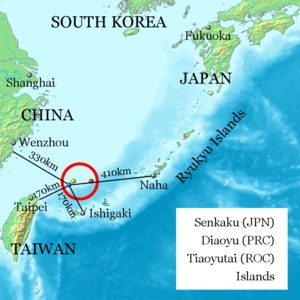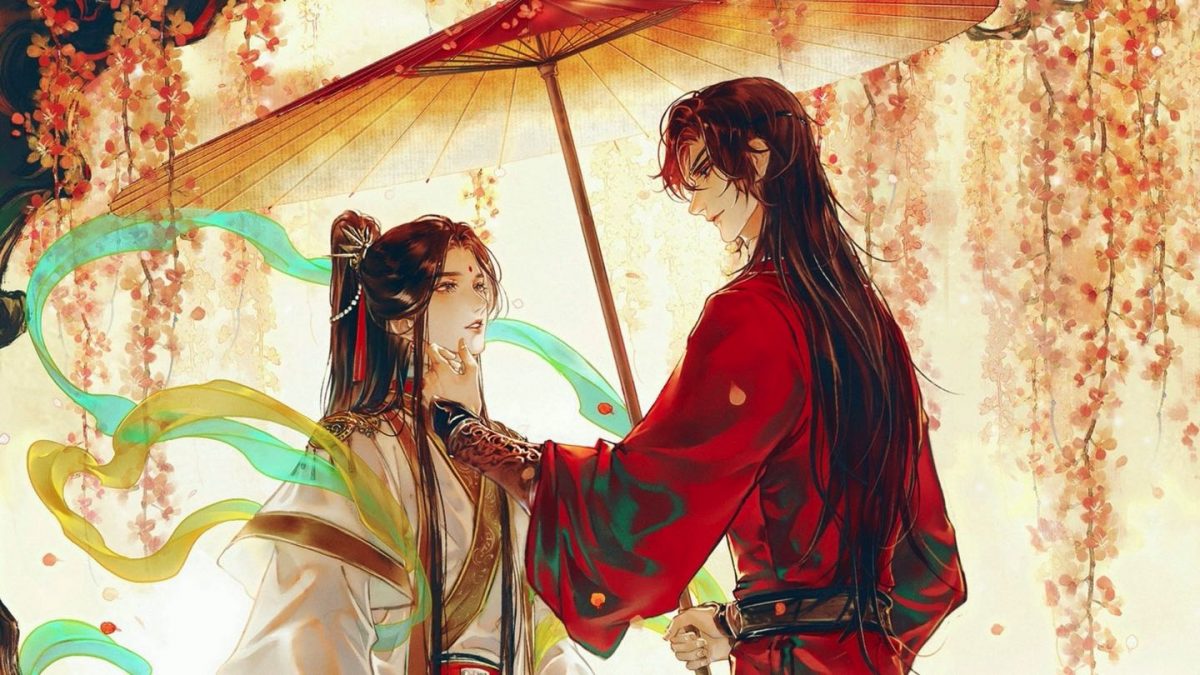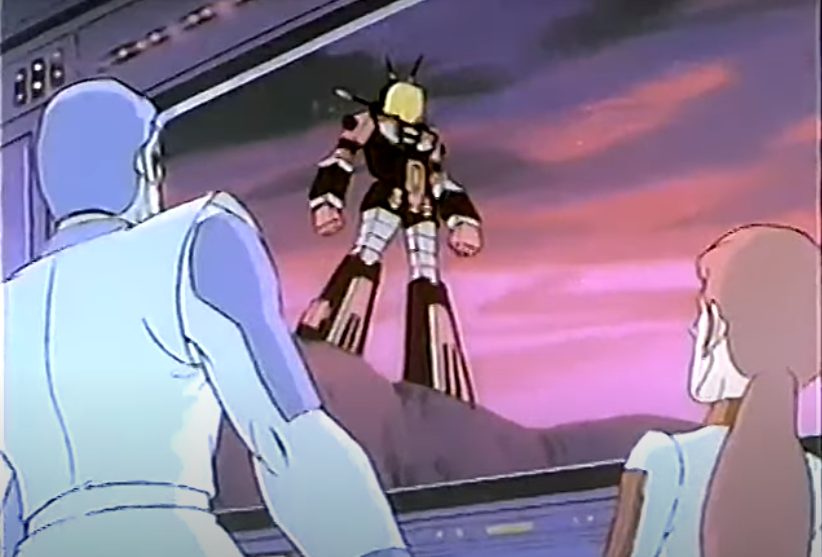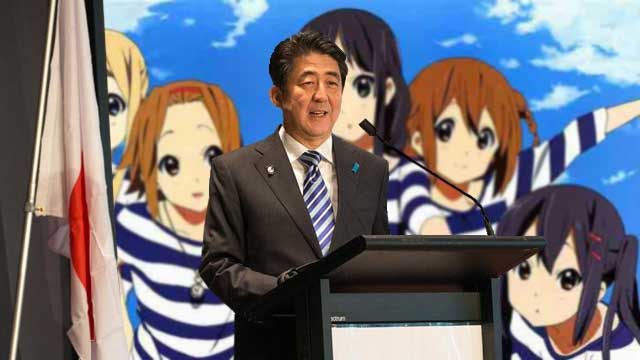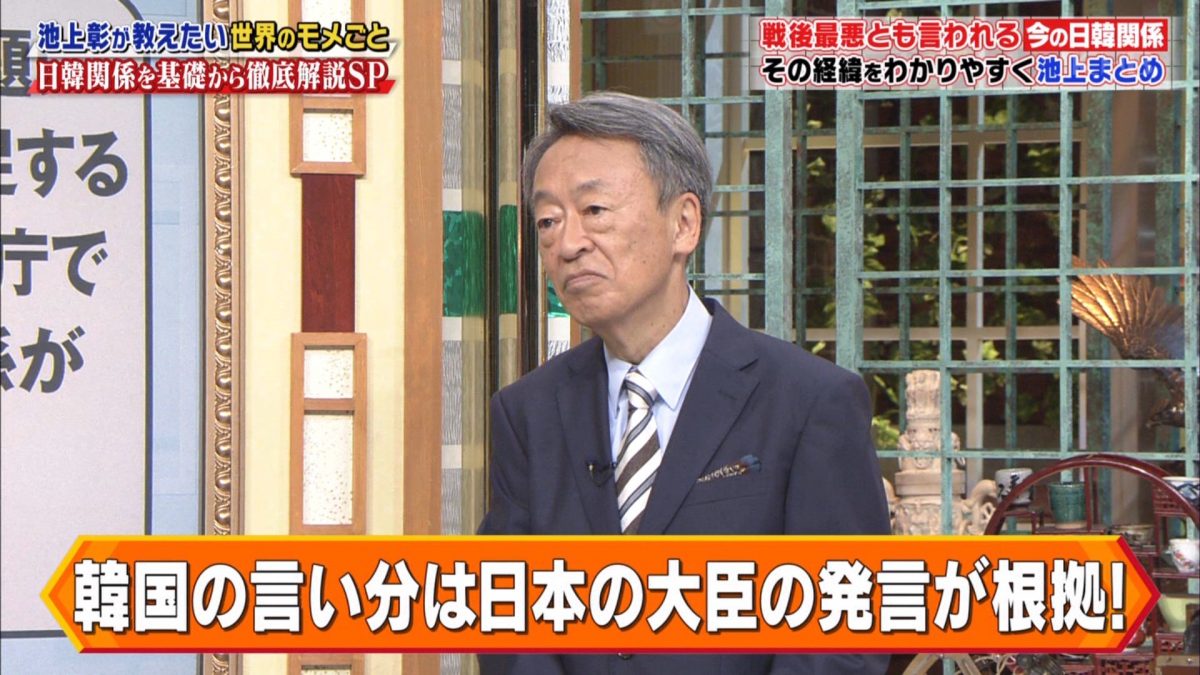Recently Prime Minister Shinzo Abe and Russian President Vladimir Putin held a summit to try to resolve the island disputes between the two countries, paving the way for a proper peace treaty with Russia, which never signed the Treaty of San Francisco. The news here in Japan was filled with bubbly expectations that Russia would give back the four former Japanese islands it seized at the end of WWII, or at least two of the four. I rolled my eyes — Mr. Putin has never given the Japanese any reason to hope to get these islands back, and sure enough, no progress was made at the talks.
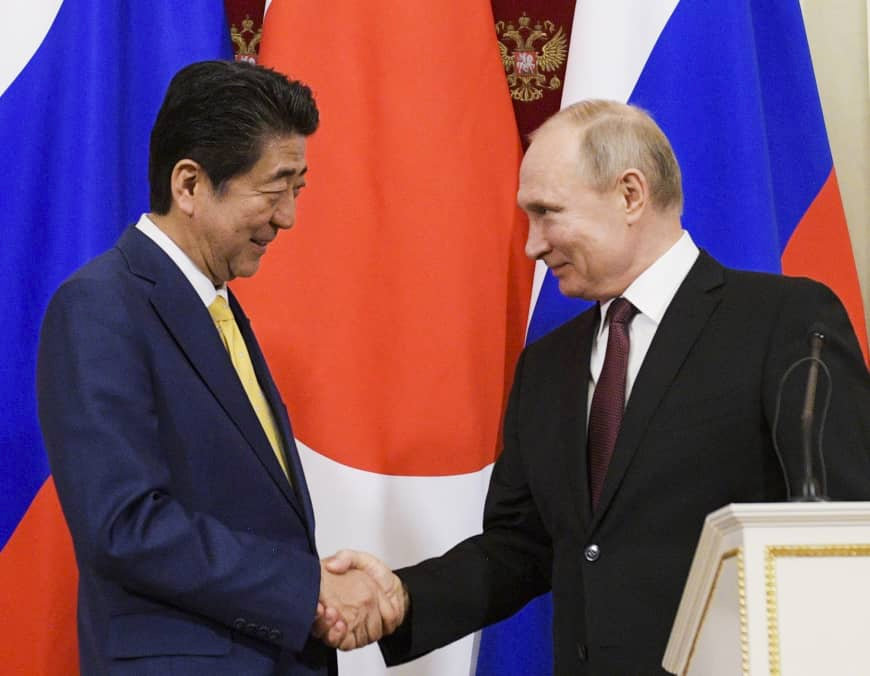
Because it’s a complex issue, I thought I’d write a post about Japan’s island disputes with various countries around the Pacific, since they often cause political turmoil that affects Japan and its neighbors.
All About Japan’s Island Disputes
There are three major diplomatic disputes with major countries over territories that involve Japan. Let’s walk through each of them.
The Japanese Northern Territories
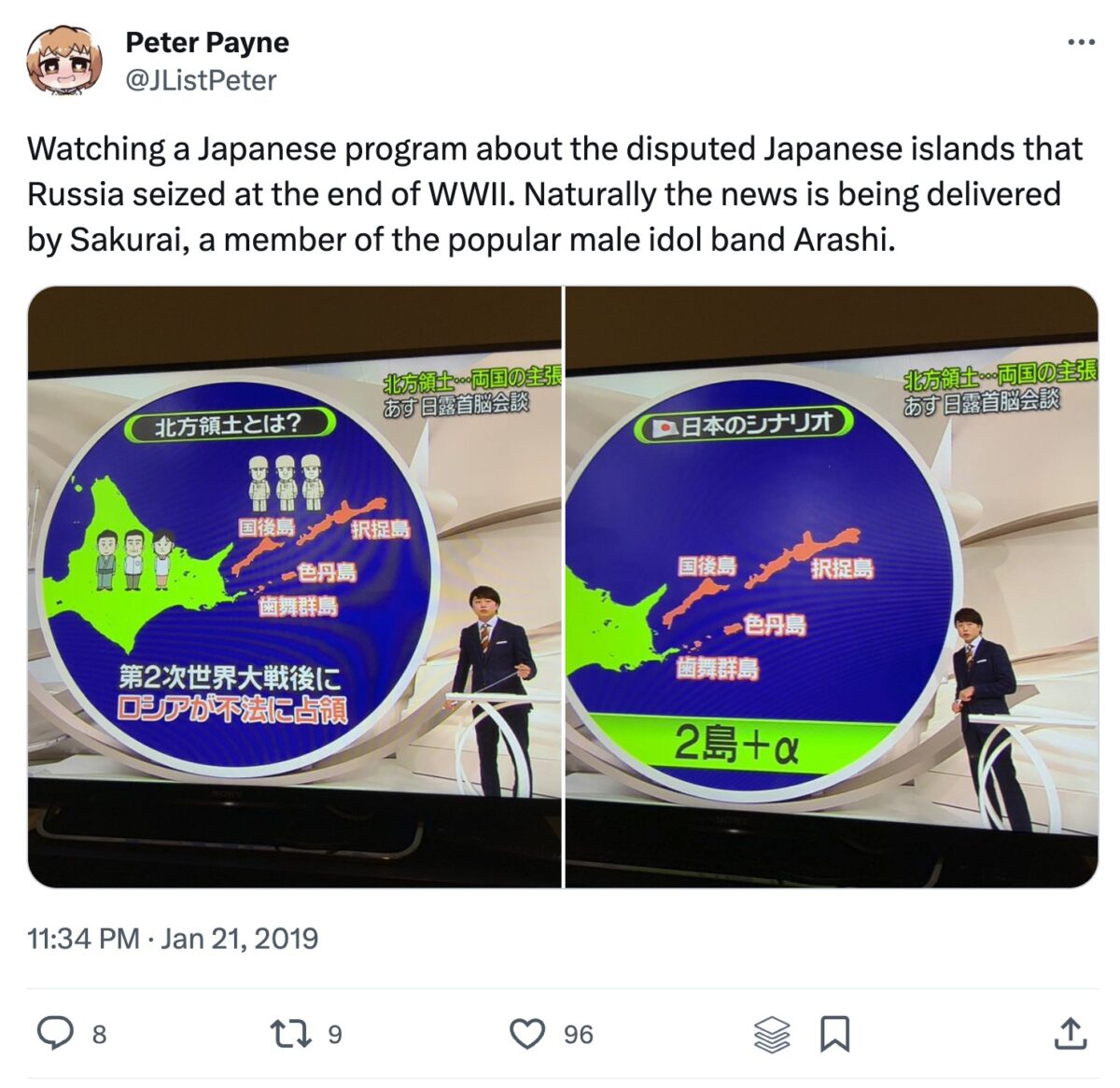
First are the four islands extending away from Hokkaido, the Kuril Islands, which connect Japan’s northernmost island with the Kamchatka Peninsula. The islands bounced back and forth between Japan and Russia via treaties signed in 1855 and 1875. When Japan won the Russo-Japan War of 1904–1905, Russia had to give up its claim to all four islands, as well as half of the large island of Sakhalin.
On August 8, 1945, the Soviet Union declared war on Japan. The “Soviet-Japan War” was one of your shorter wars, lasting only 3 weeks, during which the Soviets basically took all the islands in the area, including the four in question. The Japanese, Koreans, and Ainu living on the islands had to leave or live under Soviet rule.
I was once buying tickets in Shinjuku Station when I noticed an Asian woman next to me who seemed unable to work the ticket machine. I helped her buy her train ticket and learned that she was from the island of Etorofu (Russian name Iturup), one of these four disputed islands, who was visiting Japan on business. She was of Ainu ancestry.
The basis of Japan’s dispute over the islands is basically that a) the Soviet seizure of the islands took place partially after Japan had surrendered, and b) whether the Hokkaido Northern Territories are part of the Kuril Islands or not (Japan was required to “give back” the Kuril Islands via wartime treaties). However, as Russia had never owned the islands, and they weren’t occupied as part of Japan’s wartime expansion in the 1930s but far earlier, the Japanese argument is a sound one. Still, Russia is clearly never going to return islands they’ve owned and administered for almost 75 years.
Chance of positive resolution for Japan: zero. This makes Asirpa the Ainu girl sad.
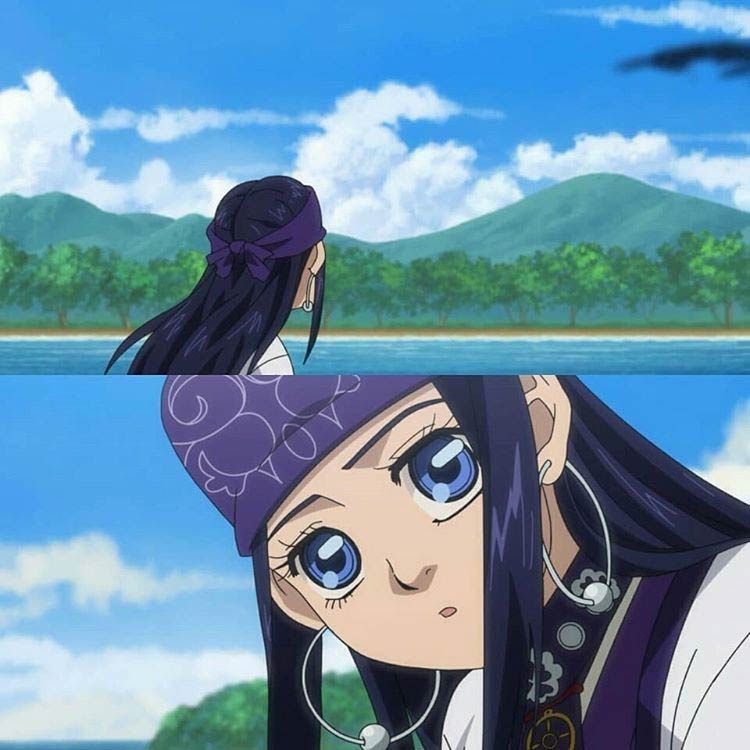
The Liancourt Rocks/Takeshima/Dokdo
The Liancourt Rocks are two silly rocks located in the Sea of Japan/the East Sea which are claimed by both Japan and South Korea. From my research for previous posts on this topic, Japan basically incorporated the islands into its territory as terra nullius (lands not claimed by any other country), but when Korea got its independence back, it claimed the rocks as part of its land, pushing hard to have the islands officially listed on the list of lands Japan had to surrender at the end of the war (though the U.S. didn’t go along with this opinion).
While Japan considers the rocks to be part of Shimane Prefecture, listing them on maps and in textbooks, they clearly don’t care about them that much. South Korea, however, regularly gets whipped up into nationalist fervor over the issue, despite the fact that they have possession and Japan makes no threatening gestures towards them. The islands are also used to deflect political pressure away from South Korean politicians and onto the universal boogeyman of Japan, like when President Lee Myung-bak made a historic visit to Dokdo/Takeshima and made inflammatory remarks about the Japanese Emperor (it could be argued) in order to deflect attention away from his administration, which was under investigation for receiving bribes. Lee is currently serving a 15-year sentence for those charges.

The details of the dispute are complex, and center around which country surveyed and used the lands first, and whether they were listed on historical maps as belonging to Korea or Japan, and which documents exist expressing official views about the islands at the time. For every map or document that seems to show the disputed islands in one camp, there’s an argument to be made that the map is actually referring to some other island, or that the name has been incorrectly recorded, or that the map has clearly been drawn by someone who didn’t know Dokdo/Takeshima was there (drawing one island instead of two discinct ones). In the end, neither side has a terribly good claim.
If you want waaay more information on the minute details of the Dokdo-or-Takeshima issue, mosey over to the Dokdo-or-Takeshima blog, written by outstanding blogger Gerry Bevers, who delves into ancient Korean and Japanese source documents to see which maps have shown or not shown Dokdo/Takeshima on them, helping or harming any potential claim by South Korea or Japan without bias. Sadly, he lost his contract to work in South Korea because of this blog, since in South Korea, you’re not allowed to entertain the idea that Dokdo might not be 100% Korean territory.
Chance of positive resolution for Japan: zero. Japan should take the constructive step of relinquishing its claim on the islands in order to improve its relationship with South Korea. (Though sadly it wouldn’t do any good.)
Senkaku/Diaoyu Islands
The Senkaku islands (Japanese name), or the Diaoyu islands (Chinese name) are five uninhabited islands in the East China Sea not far from Taiwan. Japan claimed the islands in 1895 as part of their annexation of Taiwan to their new empire. The islands became U.S. territory along with Okinawa after WWII and were returned to Japan by President Nixon in 1972.
Though administered by Japan, they’re claimed both by Taiwan (who considers them part of its territory) as well as China proper (who still claims Taiwan). Unlike the Liancourt Rocks, which weren’t really charted with 100% accuracy or treated as Japanese or Korean territory before 1905, these islands have always been mapped and known by Chinese rulers. Japan did develop one of the islands for a time (running a fish cannery), but overall their claim is not strong. On the other hand, Japan did receive ownership of Taiwan (with which these islands are affiliated) via a legal treaty, and Japan distinguished itself with the wise administration of its new Taiwanese colony, to the point that Taiwan is the most pro-Japanese country in the world today. In other words, it didn’t occupy Senkaku or Taiwan as part of its later belligerent expansion, but as part of an earlier, more acceptable empire-building process, like every other country at the time.
All parties had generally “agreed to disagree” on ownership of the islands, but when then-Tokyo Governor Shintaro Ishihara worked out a deal to buy several of the islands from their Japanese owners, the Tokyo government had to step in and buy them instead. This, and problems caused when activists on both sides visited the islands, caused a huge flare-up in tensions between China and Japan in 2012, leading to massive protests and some violence. As a follower on Twitter pointed out, Taiwan and Hong Kong have an extremely positive view of Japan in general, but when the island of the Senkaku/Diaoyu islands crops up, they suddenly become Japan’s bitterest enemies.
Chance of positive resolution for Japan: no idea. It’s not the kind of thing that can ever get resolved, and since there are several bilateral agreements regarding fishing rights in place, there’s not that much pressure to find a solution.
Conclusion
I hope you enjoyed learning some random things about Japan’s island disputes with its various neighbors. If you have any questions, ask us on Twitter!


